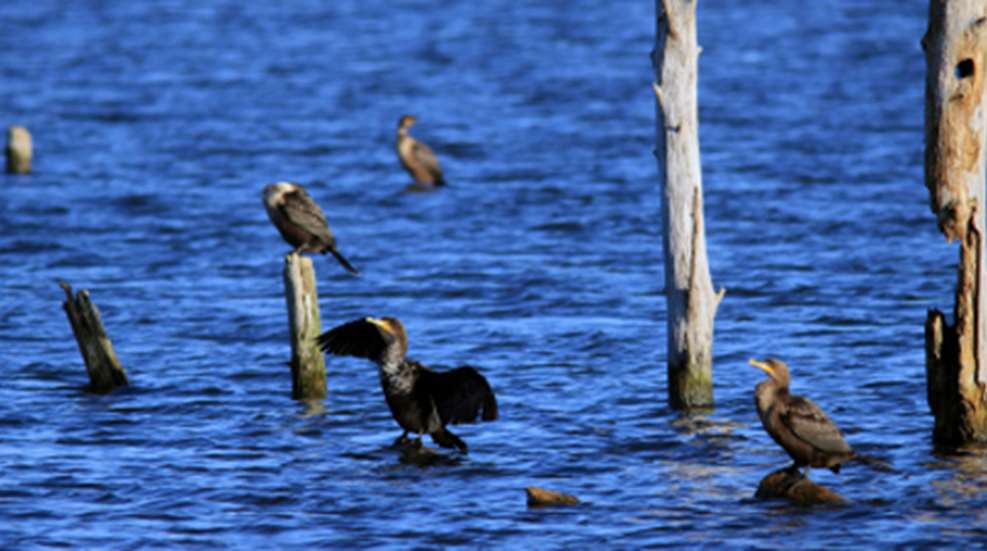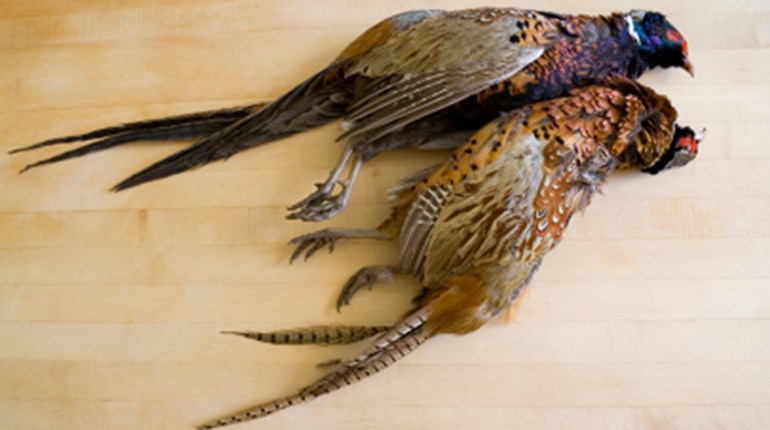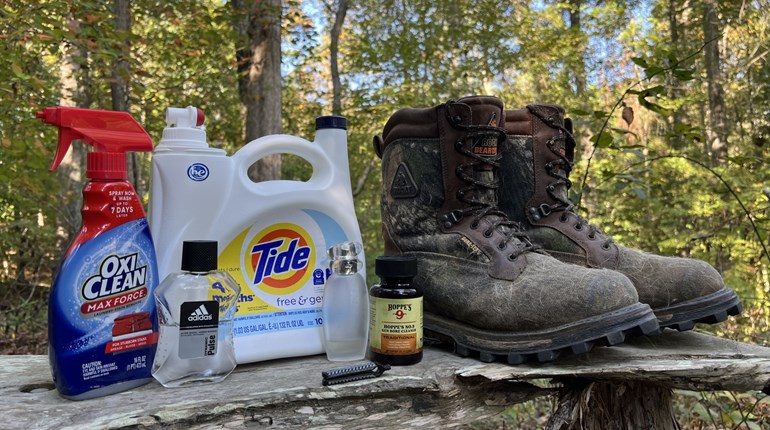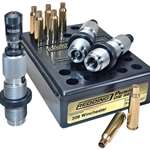
For much of the northern half of the United States, winter’s crippling grip held tight deep into spring. When Old Man Winter’s clenched fist finally began to relax in March and April, it didn’t take long for the fervor of summer to beset the land. Rapidly climbing temperatures melted winter snowpacks while spring rains inundated mountains and valleys alike.
The result? Flooding of epic proportions.
The wildlife havens of the Midwest, North and South Dakota in particular, were hit hard with swollen river systems cresting their banks and coursing through multiple states in search of an outlet.
In North Dakota, residents fought to suppress and survive the wrath of the Souris River, which resulted in more than $175 million paid in disaster aid, while thousands of South Dakota inhabitants were evacuated due to the engorged Missouri River.
While bad news for tens of thousands of homeowners and farmers, upland hunters and waterfowlers will feel the impacts of too much water as well. The question is: Will the floods of 2011 bring a boon or a bust?
The answer is: It totally depends on where you live and hunt, the extent of exposure to the area, prior habitat conditions and how the spring hatches and fall food sources pan out.
Waterfowl
With excess water filling every nook and cranny in U.S. and Canadian nesting areas, good-to-excellent habitat conditions dominated the continent. A record 8.5 million ponds were surveyed and a record-breaking 45-million-plus breeding pairs counted.
“Both the U.S. and Canada are wetter than they have been in some time,” said Dale Humburg, Chief Scientist for Ducks Unlimited. “We had pretty good water and habitat conditions going into summer; there was water on the ground, good nesting cover and successful hatching of chicks. Those things in combination are really pretty positive.”
In addition to record pond and overall breeding-pair counts, several individual species hit all-time highs: blue-winged teal, redheads and Northern shovelers. Other species, including mallards, gadwalls, canvasbacks and green-winged teal, were all up and continued to best their long-term averages.
While wet conditions can help spur a waterfowl population boom, the flooding taking place in the Prairie-Pothole region of the Dakotas can spell disaster for hunters come migration time. Farmers whose fields were underwater during the spring and summer planting months often leave those spots unseeded. When ducks and geese begin their annual trip south, they don’t find high-carbohydrate crops to feed upon and just pass the area over.
“Too much water on the migration pattern south of where breeding pairs nest can be a bad thing because it effects food production and distribution. The likelihood of crops and/or natural food sources growing gets lower as the summer progresses,” said Humburg. “In the upper Midwest and mid-South, flooding can have a negative impact because those birds have to find other places to feed. It’s not the birds themselves that are impacted, but the hunters—especially if they’re restricted to a local area and there’s no food available around there.”
Bottom Line: Cataclysmic to property owners and farmers, the 2011 floods boosted waterfowl production. For hunters, it will depend upon local conditions in their hunting areas. If you have access to fields that were planted, the concentration of food could produce fantastic hunting— for a while anyway. If your hunting areas were covered by spring runoff and food is scarce in the area, you’ll probably find the 2011 season more than challenging.
Upland Birds
Booming waterfowl populations due to a glut of water make sense. Logically, you’d think that the effect on upland birds like pheasants would be negative. After all, they don’t require a marsh atmosphere to successfully reproduce, and, in fact, too much moisture at the wrong time combined with cold temps can fatally burden chicks. Pneumonia, hypothermia and insect hatches delayed due to cool temperatures all conspire to starve and kill down-covered hatchlings.
Mother Nature works in mysterious and wonderful ways to minimize catastrophic losses to individual species, however. Survival almost exclusively depends upon existing winter and nesting habitat, and the pheasant-rich Dakotas are the perfect example.
“Where wetland and upland habitat is already degraded, flooding does hurt pheasant nesting success. This is the case, for instance, this year in southeast South Dakota, where CRP acres have been lost in recent years so the available habitat is thin in terms of quality and quantity, and becomes flooded out and unusable by pheasants,” said Anthony Hauck, a PR specialist and Online Editor with Pheasants Forever.
As for other areas in South Dakota, Matt Morlock, Pheasants Forever Farm Bill Biologist out of Brookings, says the wetter conditions may actually provide some benefit. This is because there’s plenty of quality upland habitat still existing on the landscape. Combine those areas with a bunch of low-lying acres not being farmed—close to 100,000 acres of cropland sitting fallow this year in the state’s northeast Brown County alone—because of the wet season and more pheasant-rearing habitat is actually available.
Annual weeds sprouting up in place of manicured croplands bring insects, and those bugs are what make up a young chick’s diet. The fallow cover also provides excellent brood cover for growing chicks.
It all comes down to winter mortality. Those that survived the harsh winter should do well with their chicks this year.
“Unlike most places of the country, where a lack of good upland nesting cover is what keeps pheasant numbers down, in the Dakotas, it’s a lack of quality winter cover that’s most likely limit the pheasant population,” said Hauck, noting that he’s heard anecdotal reports from Pheasants Forever members who’ve estimated more than a 50-percent winter kill in some areas. “That said, no other region has the bounce-back-ability like South Dakota and parts of North Dakota do. Pheasants are prolific reproducers, so even after rough winters in the Dakotas the abundance of nesting cover helps the bird population bounce back almost in an instant. It also helps to have 9 million wild pheasants like South Dakota does.”
Bottom Line: Pheasant survival, and nesting success and, in turn, hunter success afield this fall is highly localized. Where large tracts of CRP, wetlands and other bird-friendly habitat exist, winter kill is somewhat minimized. The wet conditions around these areas might actually have helped pheasant populations during the nesting and brood-rearing phases by providing more chick-friendly habitat and feed. Where habitat was compromised before the harsh winter and spring floods, survival rates, nesting success and fall population numbers face a steep decline.





































